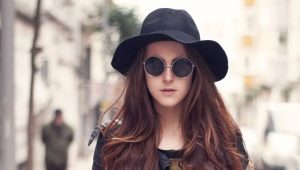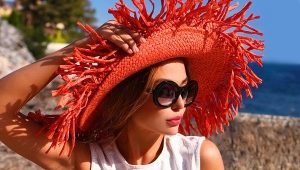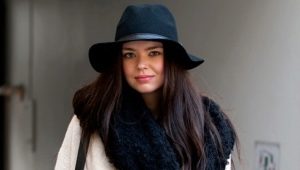Felt hats for autumn-winter
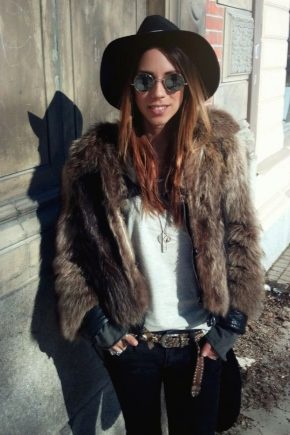
Fashion trends
A variety of styles of felt hats for the autumn-winter season allows women of any age and preferences to choose an accessory, since now the abundance of fashionable cut makes it possible to wear them even in a sporty look. Modern felt hats keep up with the times and this season the trend is hats with wide brim, asymmetry, fringe, embroidery, rhinestones, stones.

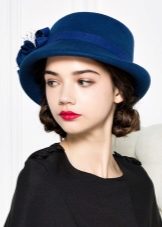
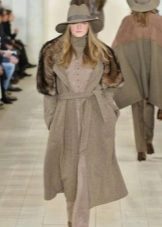

Several trendy options
a hat with soft, sagging, wavy brim and a round top that suits almost all girls;
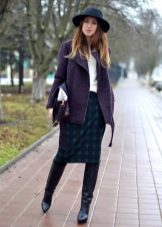
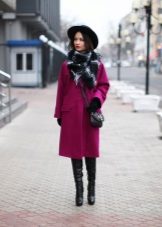
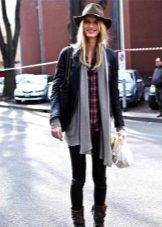
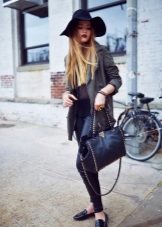
a hat with soft, sagging, wavy brim and a round top that suits almost all girls;
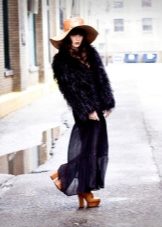
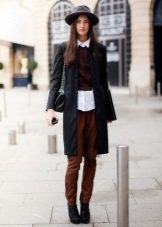


a cowboy hat made of felt with brims turned up at the sides is also popular this season;


fedora hat - a male prototype, wide-brimmed with edging, trimmed with a satin ribbon in a contrasting color or in the main tone, it goes well with a trouser suit, jeans, short coats or jackets.
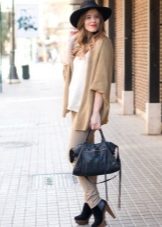
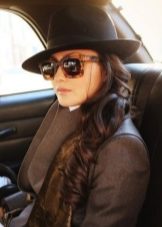
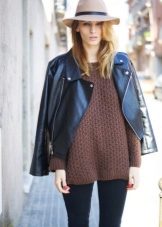
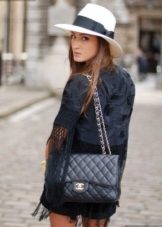
Such hats are a good option for girls with small features, for casual wear, for free style, vintage clothes, leather jackets, coats with fur elements or fur coats. The combination of a sheath dress and a hat with a brim will create a feminine look.This season, felt caps are in fashion and it is better to wear them with cropped outerwear or insulated sportswear.
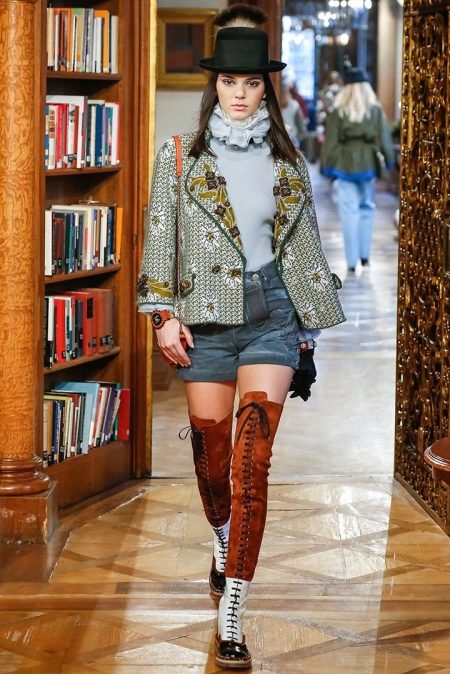
The most fashionable colors of the autumn-winter season of this year will be black, various shades of gray, brown, beige, but famous shows were not without bright options, such as red in a duet with white or black, burgundy, blue, muted green, purple, which opens up new opportunities for creating images. The autumn trend is informal prints, checks of various sizes and colors.
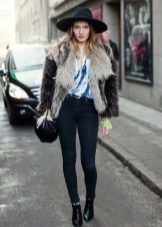

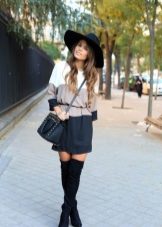
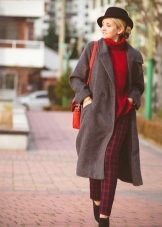
Retro, vintage and classic
Designers have not forgotten about the retro style, inspired by the fashion of the twenties and thirties of the last century, which is the most feminine line of vintage-style headwear, which captures the French style and elegance of forms.

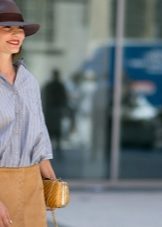
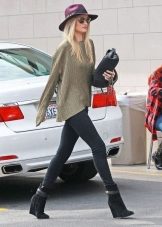
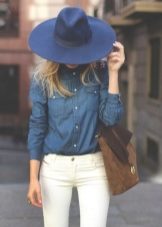
Cloche hats are shaped like a bell, in which the tulle, turning into small brim downwards, tightly fits the head and suits any type of face.
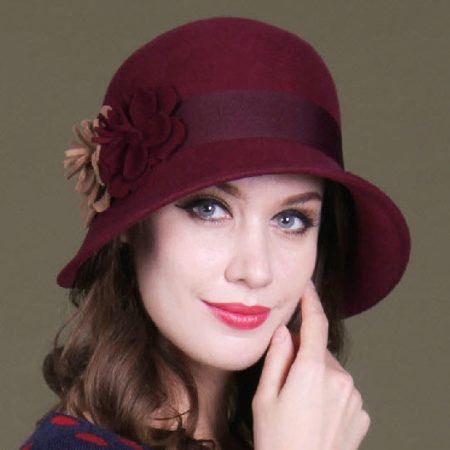
The hat - slouch (translated as "fall down, hang down") in the thirties was associated with the famous actress Greta Garbo, which became the embodiment of sophistication and sophistication, a hat with wide brim, curved to the bottom and a high crown, looks more advantageous in chocolate classic tones, but in muted burgundy, blue, red colors, felt slouches will create a bow with a modern twist.
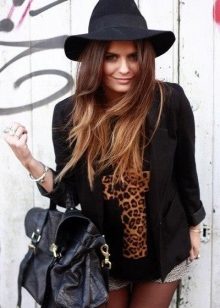
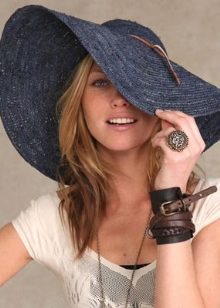
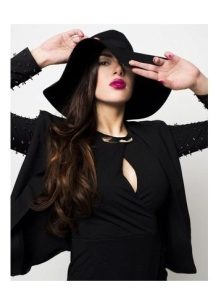
How to choose
When choosing a hat, you need to pay attention to the type of appearance, height, face shape.
- It is better for owners of an elongated shape to wear hats with wide brim and a low top, and with a square one - with a high crown.
- A face in the shape of a triangle will favorably emphasize a headdress with asymmetry.
- Moderately raised top and vertical decor of the hat (feathers, flowers, bow) will balance chubby girls.
- With a square head, complete the image with a wide-brimmed hat with a shift from the center, and with an elongated one, it is contraindicated with a narrowed top.
- Most lucky ladies with oval shapes - almost all models are suitable, especially asymmetrical ones.




There are several rules when choosing a headdress: it is better not to buy wide-brimmed hats that are wider than the shoulders and narrower than the face: if you like to wear glasses, it is better to avoid decorations in the form of bouquets, flowers, ribbons: tall girls look harmonious in wide-brimmed dresses, and small - in small hats. All these conditions ultimately lead to visual elegance and wearing comfort. The hat, as an element of the image, should not stand out from the general view.
What to wear
The undeservedly forgotten felt hats have regained their popularity in the fashion world and continue to climb, but in a more modern expression. Today, stylists offer a large range of styles, techniques, designs, colors, patterns, and this expands the possibilities of creating both youth, avant-garde, and classic clothing sets.
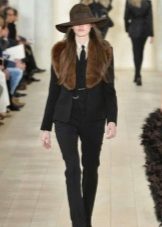
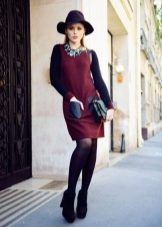
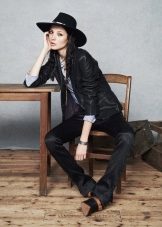
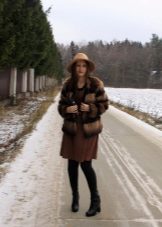
A stylish look, sophistication and charm are inherent in the set, using a felt hat with a brim and a fur coat, fur models with a cashmere or wool coat. Wide-brimmed models are ideal for a flared skirt, knitted jumpers, jeans, woolen cardigans or straight, fitted dresses, in autumn and winter - for a trench coat or classic, not long down jackets.
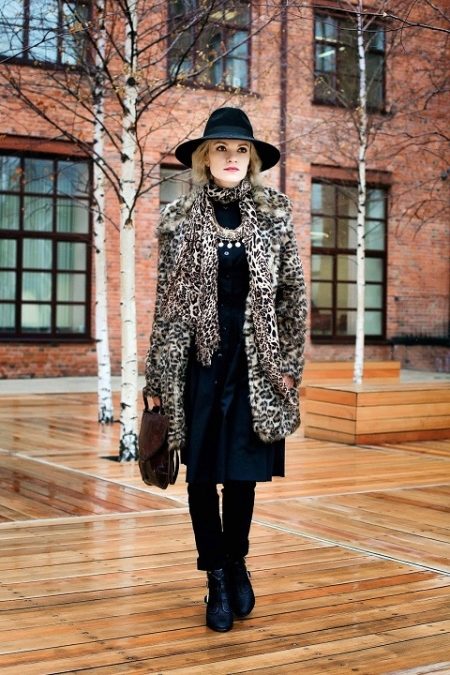
Romantic-looking hats, such as pills, are interesting with chiffon blouses, silk dresses or girlish golfs, and fedora can be used both in a student bow, with a leather jacket, a short sheepskin coat, and in a respectable set, complemented by matching gloves or a scarf.Cowboy shirt, in casual style, will fit in a complete set with a checkered shirt, jeans and shoes with wide heels. Nowadays, a girl of any build can allow such a choice, because it looks feminine, fashionable, bold

A little history of felt production
Felt is the same felt, produced according to the same principle, only of better quality, thinner and more elastic, therefore it is more widespread in the manufacture of hats, it differs in long pile, velor, short pile, suede, smooth. In the seventeenth century, rabbit, hare and beaver wool served as raw materials, elasticity was achieved with a special chemical solution, which enhanced the aesthetic and physical properties. Beaver hats are light, warm, waterproof, retain their shape for a long time, therefore they were considered a luxury, they spoke about the position of the owner in society.

Over time, due to the extermination of beavers and other animals, they began to look for cheaper wool additives and use mercury in the production of felt, which improved the quality of the material. From the end of the eighteenth to the beginning of the nineteenth century, the lives of master hatters were in danger, and the production itself became dangerous to others. Nowadays, all production processes are mechanized and the tailoring of products is almost contactless. The material obtained by deboning natural animal wool (basic sheepskin), under steam pressure and mechanical action, the fibers interlock, intertwine with shrinkage up to eighty percent, which increases its strength and wear resistance. The non-woven material is comfortable to use, retains heat and shape well, is pliable in processing, and is well dyed, which contributes to its widespread use.























